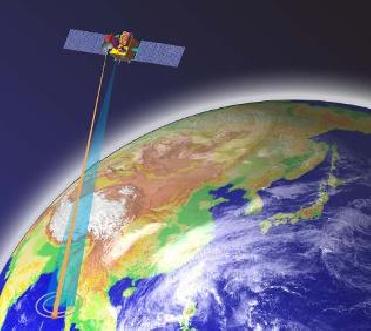
A graphical illustration of Indian Remote Sensing Satellite Oceansat-2. Photo Credit: ISRO
CHENNAI (BNS): Preparations are in full swing at the spaceport at Sriharikota for the lift-off of the Polar Satellite Launch Vehicle (PSLV-C14), which is likely to take place on September 23.
A report by The Hindu, Sunday, said the vehicle will put seven satellites in orbit. While the 960-kg Oceansat-2 is from India, the remaining six, all from abroad, are micro satellites weighing between one and eight kg. They are four Cubesats and two Rubinsats.
“The four-stage vehicle is fully integrated. We are going through the tests. After the vehicle is fully checked out, we will take in the satellites, that is, the satellites will be married up with the rocket,” said a top Indian Space Research Organisation engineer associated with the mission.
It will be a core-alone PSLV version that will inject the satellites into orbit. The sleek, chiselled-looking vehicle does not have the six strap-on motors that surround the first stage in the standard PSLV version.
The vehicle’s fourth stage will fire five satellites, one after another into orbit, akin to the “salvo of rockets issuing from a multi-barrel rocket launcher,” the daily quoting another ISRO engineer said.
After Oceansat-2 is slotted into its orbit first, a spring-loaded action would “push the chota fellows out” one after another. The two Rubinsats would not be ejected. They would remain permanently attached to the vehicle’s fourth stage. “The Rubins will not be separated. They will do their work while they are attached to the PSLV’s fourth stage. There will be no problem in that,” he explained.
According to the report, Oceansat-2 will continue to do the work done by Oceansat-1. It will investigate the interaction between oceans and the atmosphere to facilitate study of climate. It will study the wind above the oceans, and the sea surface temperature. The satellite will help in identifying schools of fish, predicting the state of the sea, keeping a tab on the phytoplankton blooms and studying suspended sediments in water.
It also quoted S. Satish, Director, Publications and Publications, ISRO, as saying, “Oceans cover about 70 per cent of the earth’s surface. Considering the importance of oceans as a source of food for humans and their role in shaping the earth’s weather and climate, and their influence on the biological life cycle, study of oceans is cardinal. In this context, the Oceansat-2 mission acquires added significance.”
One of the payloads of Oceansat-2, called Ocean Colour Monitor, will study the colour of oceans. Another payload, scatterometer, will investigate the interaction between the oceans and the atmosphere. In addition, there is a payload from the Italian Space Agency for studying the atmosphere.
The four Cubesats are from Ecole Polytechnique Federale de Lausanne in Switzerland, Technical University of Berlin and University of Wurzburg, both in Germany, and Istanbul Technical University. These Cubesats weigh one kg each. The two Rubinsats, weighing eight kg each, are from Luxembourg and Germany. All the six will test advanced satellite and application technologies.
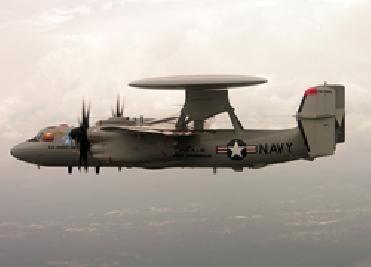 Previous Article
Previous Article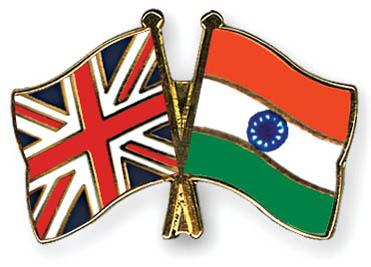 Next Article
Next Article
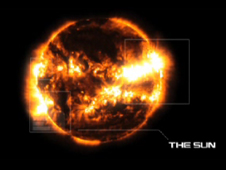
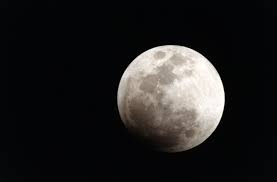
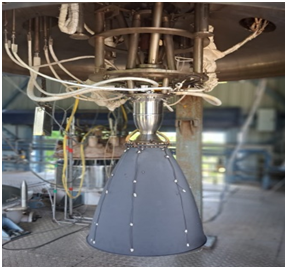
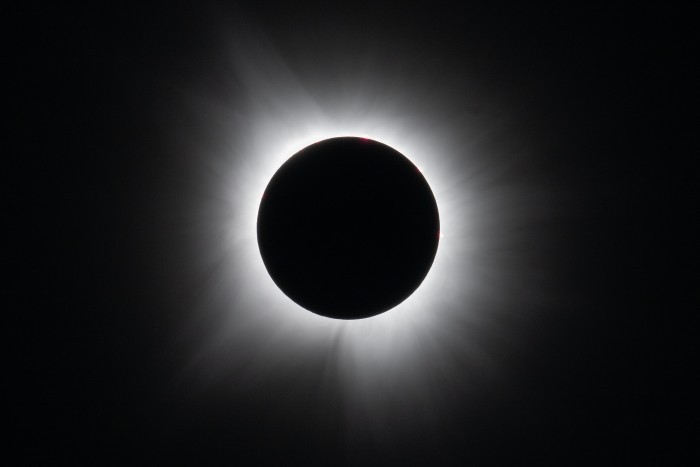
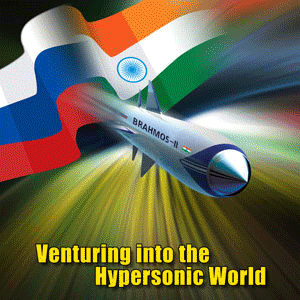
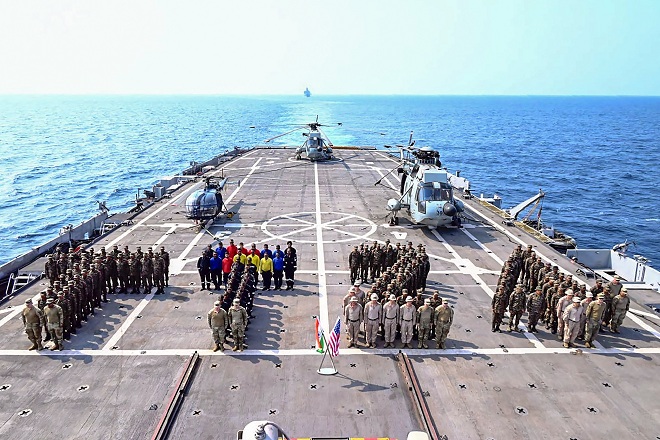
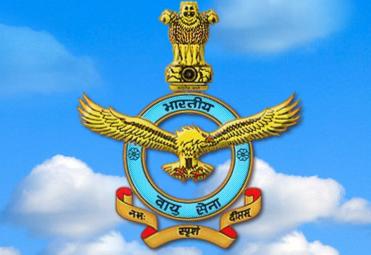
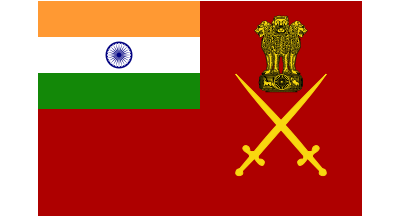
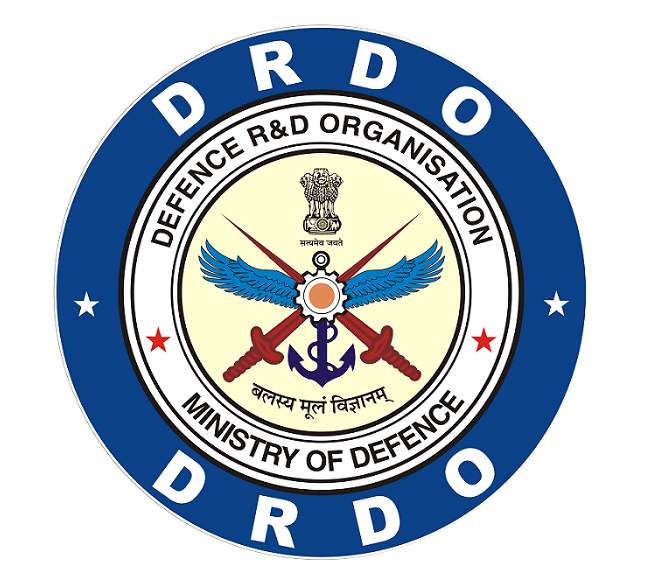
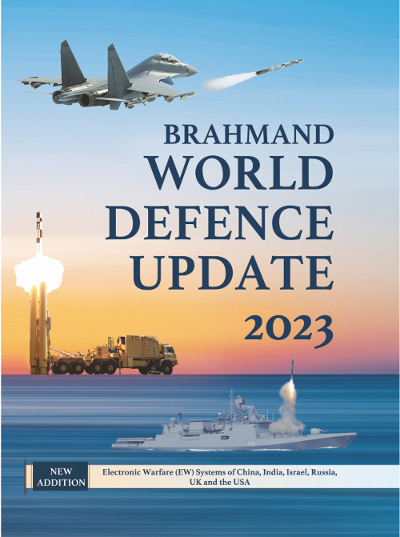




The Indian Air Force, in its flight trials evaluation report submitted before the Defence Ministry l..
view articleAn insight into the Medium Multi-Role Combat Aircraft competition...
view articleSky enthusiasts can now spot the International Space Station (ISS) commanded by Indian-American astr..
view article